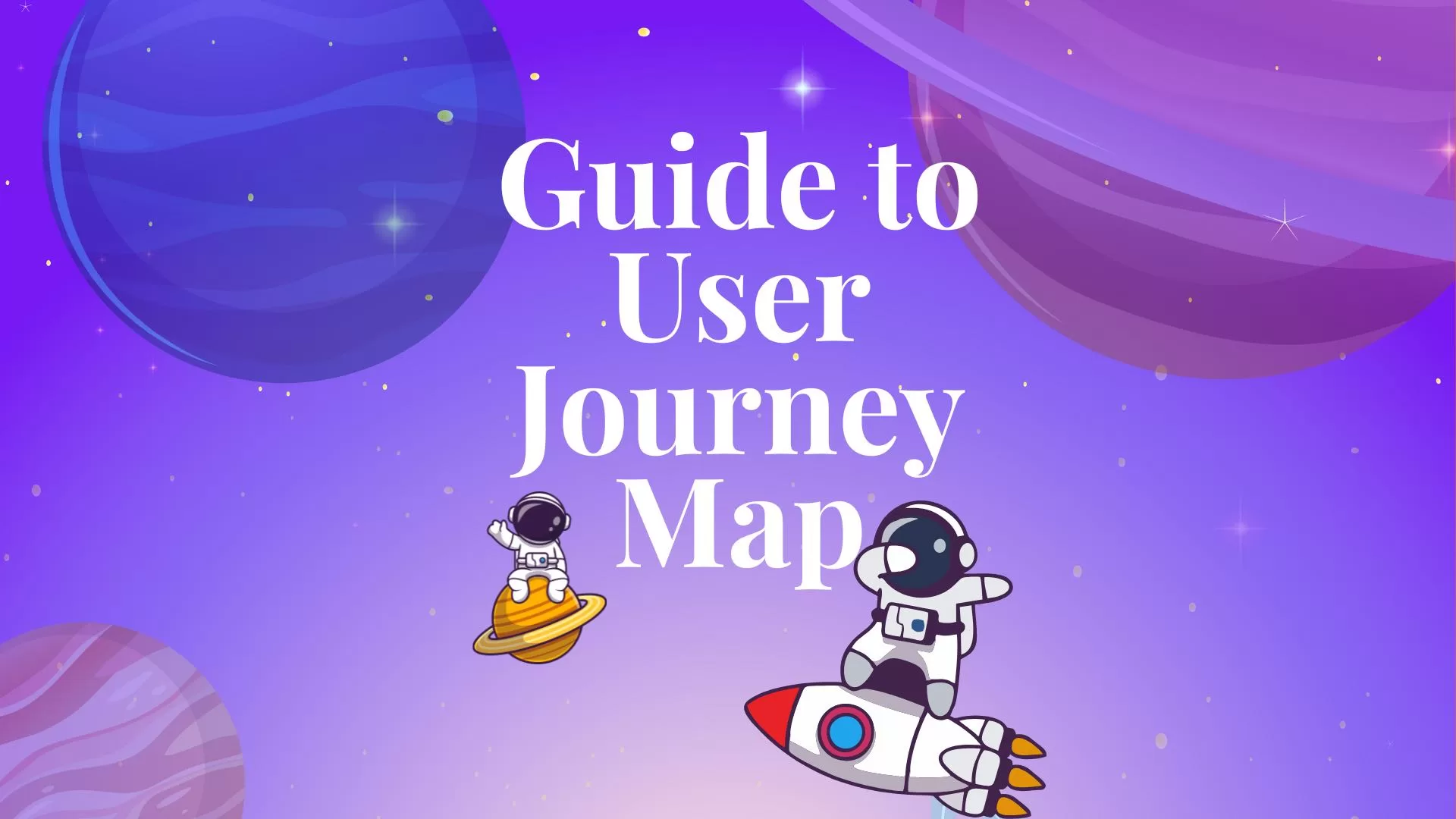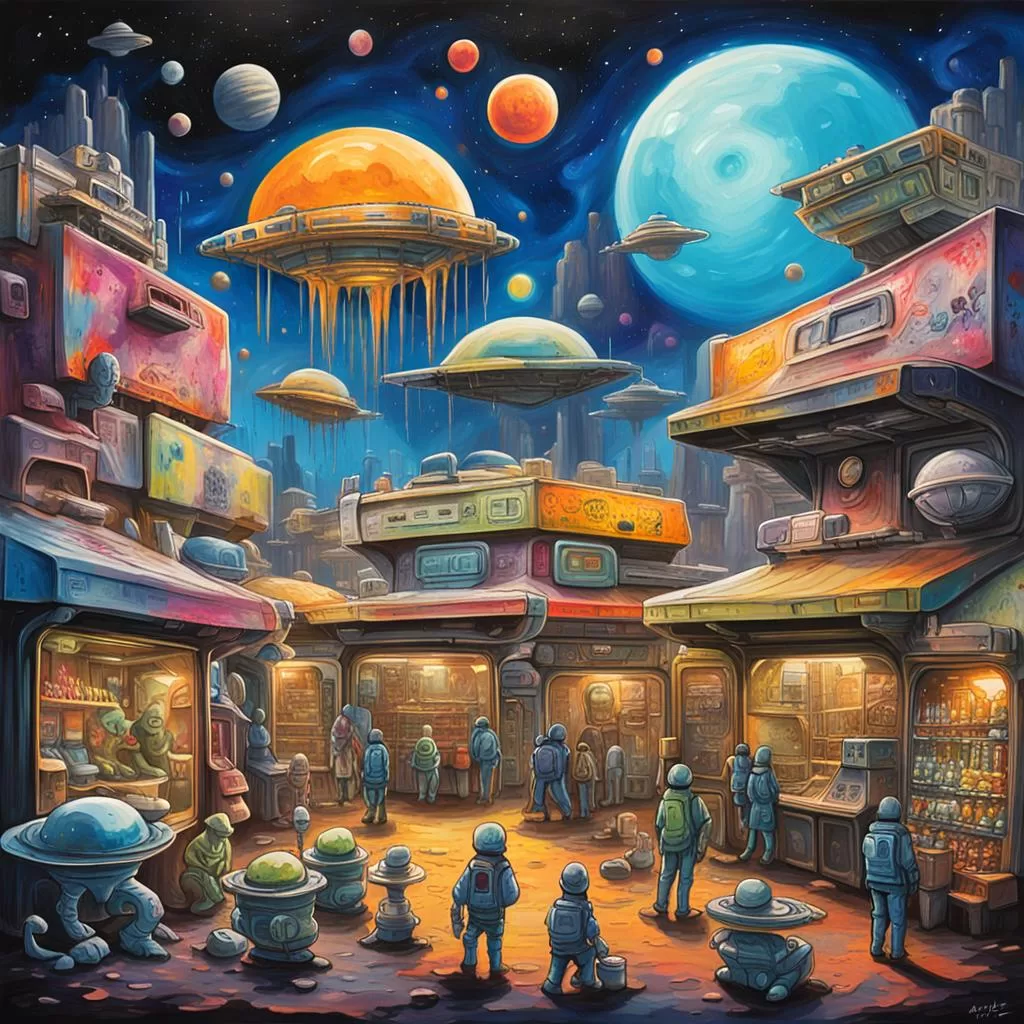A user journey map serves the purpose of visually outlining the steps a user takes to accomplish a specific goal within a product or service.
What is a User Journey Map?
A visual representation of the steps taken by a person to attain a specific goal related to a business or product is what is referred to as a user journey map.
Its primary objective is to identify and proactively address customer needs and areas of difficulty for optimal user experience. As described by Nielsen Norman Group.
User Journey Map is essential when it’s based on research and data. They help set up standards for the following things.
- The way users interact with the product currently.
- The way users can interact with the outcome later in the cycle.
Table of Contents
Why should we use a User Journey Map?
It demonstrates the vision for the product
User journey maps to help to communicate what you are trying to achieve with stakeholders. They project what the future condition of the product/service designed can be. It is the key output from the requirements-gathering stage at the beginning of a project.
It helps understand user behaviour.
User journeys can help understand how users interact with your product/service and what they expect.
It helps identify functionality at a high level.
By understanding the critical tasks users want to do, designers can start to understand what functional requirements will help enable those tasks.
It helps define the interface.
They understand the ‘workflow’ of the various tasks the user wants to achieve. We can think about what interface the user will need to work it out.
When to create a user journey?
User journeys are defined at the beginning of a project in the discovery stage or requirements-gathering phase.
This visualizes the user requirements and helps design activities like information architecture. They are also used when scoping out pieces of functionality in more detail.
It is best to accomplish as a collaborative exercise in design workshops with insights from research.
How to create a user journey?
Initial user research can provide much input to create a user journey. Following Keep in mind that while making the User’s Journey
- User’s goals
2. User motivations
3. Current user pain points
4. Overall character
5. Tasks the user wants to achieve
What should a user journey contain?
A user journey should contain steps that lead to an outcome.
Context
Where is the user? What is around them? Are there any external factors that may be distracting them?
Progression
Explain how each step helps them progress to the next one.
Devices
What device is in use, including the user’s level of experience? Additionally, provide detailed information on the device’s features.
Functionality
What type of functionality are users expecting? Is it achievable?
Emotion
Determine their emotional state during each step. Are they showing signs of engagement, boredom, or annoyance?
What should a user journey look like?
It all depends on who the audience for the user journey is. If to communicate with the developers, it can be a purely text-based journey. Consider adding illustrations to each step if it is for an executive committee.
Following the must-have elements, one can add to their journey map
- A picture or description of the person the journey relates to.
- A title summarising the journey
- A series of steps, in short, concise text
Along with them, add these steps:
- The device used
- Changes to the current journey
- Benefits to the user and business
- Any functionality being demonstrated
What User Journey Map may look like.


When to use User Journeys 🧐
User Journey can be used at any point in our design process: either in the first stage of the research to help us understand the user’s usual process to complete the defined objective or in any testing stage of the project, to analyze step-by-step the relationship of the user with the product and the pain points or progress of the design.
Mapping users’ actions in their current journey
At the research stage, use a User Journey to understand the user’s process to perform their tasks.
Defining a new journey
In the design process, use a User Journey map to design a new approach allowing the user to achieve their goal.
Testing a product
Using a User Journey as a testing tool, the user interacts with the product, asking them to perform some tasks and analyzing the possible friction of the process.
User Journeys can play a vital role in a project team’s understanding of the direction and the ultimate goal of the product being developed.
Conclusion
User Journey Mapping is a powerful tool that designers use to show a more visual, understandable, and memorable way of the different requirements of our product, as well as how these requirements are related to achieving a greater user goal.
Collaborating on User Journeys is crucial for designers and business analysts to establish concrete product requirements. The team can confidently maintain a user-centred approach and ensure the project’s success using User Journeys.
Frequently Asked Questions
-
What is the purpose of a user journey map?
A user journey map serves the purpose of visually outlining the steps a user takes to accomplish a specific goal within a product or service. It helps businesses gain insights into user interactions, emotions, pain points, and touchpoints throughout their journey, thereby facilitating the enhancement of the overall user experience.
-
How do you create a user journey map?
To create a user journey map, start by defining your user personas and their goals. Identify each stage of the user journey and the corresponding touchpoints. Utilize user research, interviews, and data analysis to gather insights into user emotions, pain points, and opportunities. Finally, visualize the user journey map using diagrams or software tools.
-
What are the benefits of utilizing a user journey map?
User journey maps offer several benefits, including enhancing empathy with users, identifying pain points, optimizing touchpoints, prioritizing improvements, aligning teams around user needs, and ultimately improving the overall user experience. By understanding the user journey comprehensively, businesses can make informed decisions to drive positive outcomes for their users.
Read more articles exploring the dynamic interplay between design, user experience, artificial intelligence, and technology here.





Leave a Reply